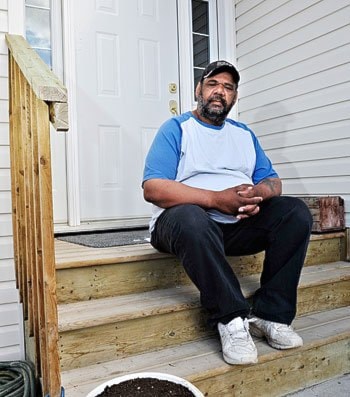The forest fire season is off to a late start, but the coming summer could still get hot and smoky.
On Monday, the first blaze of 2009 erupted 40 kilometres northwest of Haines Junction.
It was likely a “holdover burn,” a fire caused by an improperly extinguished winter campsite that could be months old, said fire information officer George Maratos.
“(Fires) can continue to breathe underneath the snow, and when the snow melts, the fire can ignite,” said Maratos.
Three firefighters were deployed by helicopter and the blaze was extinguished within four hours.
It has been five years since a major fire season hit the Yukon, raising suspicions 2009 may become a bad year for combustion.
“Some people go by way of every five years we have a bad season, but really what it comes down to is what Mother Nature does in the next couple of months,” said Maratos.
“There’s no groundhog that appears, and if he shows up at a certain time, then all of the sudden there’s going to be a busy fire season,” he said.
In 2004, fires burned an area of Yukon forest equal to Northern Ireland.
In years since, fire seasons have been relatively tame.
Last year, firefighters faced an especially slow season. Tanker aircraft contracted to serve the Yukon ended up spending most of their time fighting fires in BC.
Each year the forest doesn’t burn, it accumulates more “fuel” for the next season.
“It’s going to be harder to put out when there’s more fuel,” said Don Green, meteorologist with Yukon wildland fire management.
And seven continuous days of warm, dry weather are all that’s needed to turn a forest into a tinderbox.
“You can get it any time in the summer—and that’s all it takes to dry out the forest and we’re into extreme conditions,” said Green.
“The boreal forest is designed to burn, that’s part of its life cycle,” he said.
Millions of dry spruce-beetle-killed trees are of particular concern.
Since 1993, the bugs have killed more than 380,000 hectares of forest around Haines Junction, an area equal to one-fifth the size of Wales.
In Alaska, the beetle has hit even harder, wiping out 400,000 hectares of forest around the Kenai Peninsula, an ecological disaster highlighted last April by National Geographic magazine.
But the beetles are on their way out, said Robert Legare, a silviculture forester with the Yukon government.
Quite simply, they’re are running out of trees to kill.
“Basically, they ate themselves out of house and home,” said Legare.
Harsher winters have also dealt a heavy blow to beetle populations.
The beetle infestation was initially spurred by a “perfect storm” of forest conditions, said Legare.
Surrounded by a forest composed primarily of white spruce, the Haines Junction area was particularly vulnerable.
Drought conditions weakened the trees.
Low humidity—the most important factor in drying out the forest—will continue into Friday, said Green.
“For the next few days it’s going to be very dry, hence, some concern about grass fires and that sort of thing,” he said.
“After that, it’s a little far down the road to really tell.”
Contact Tristin Hopper at
tristinh@yukon-news.com
